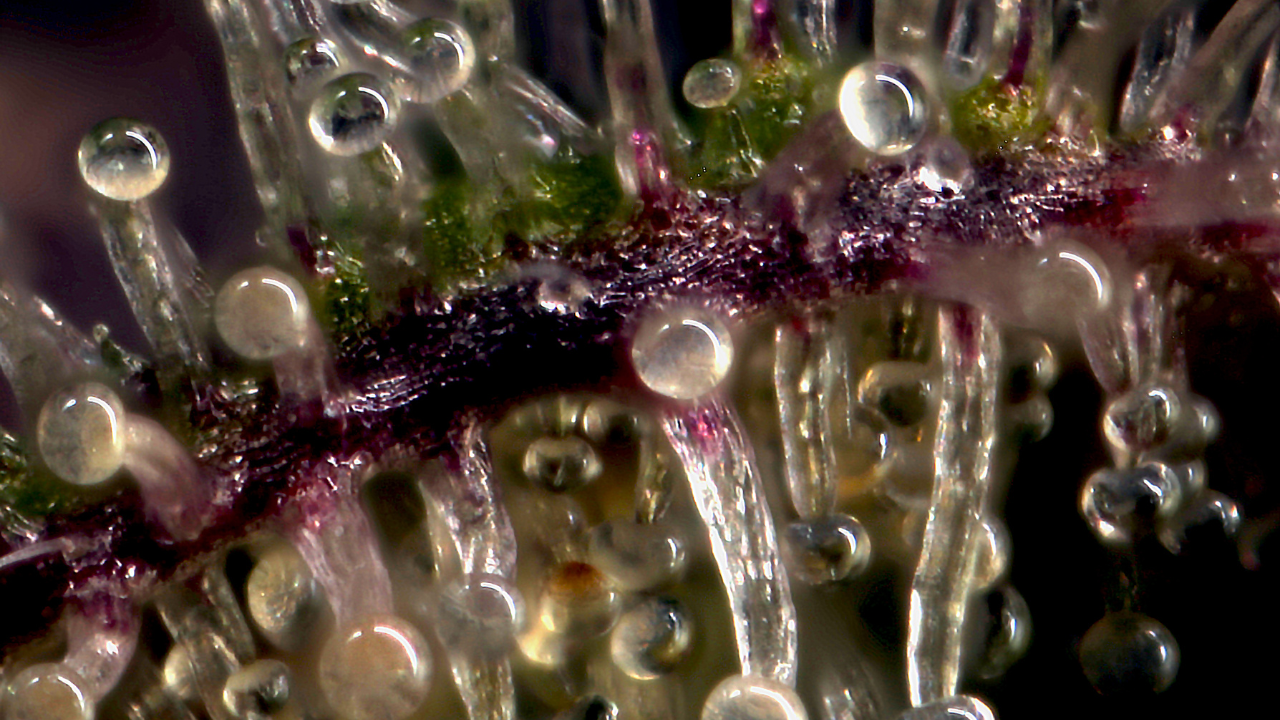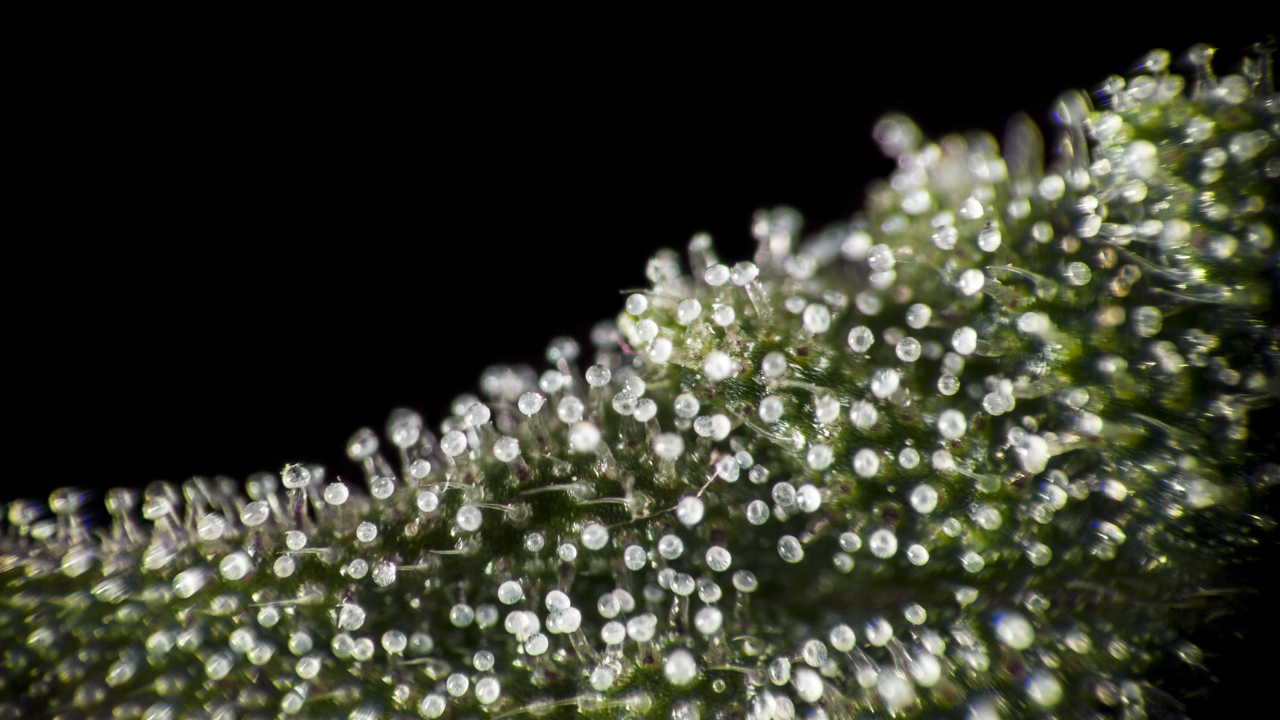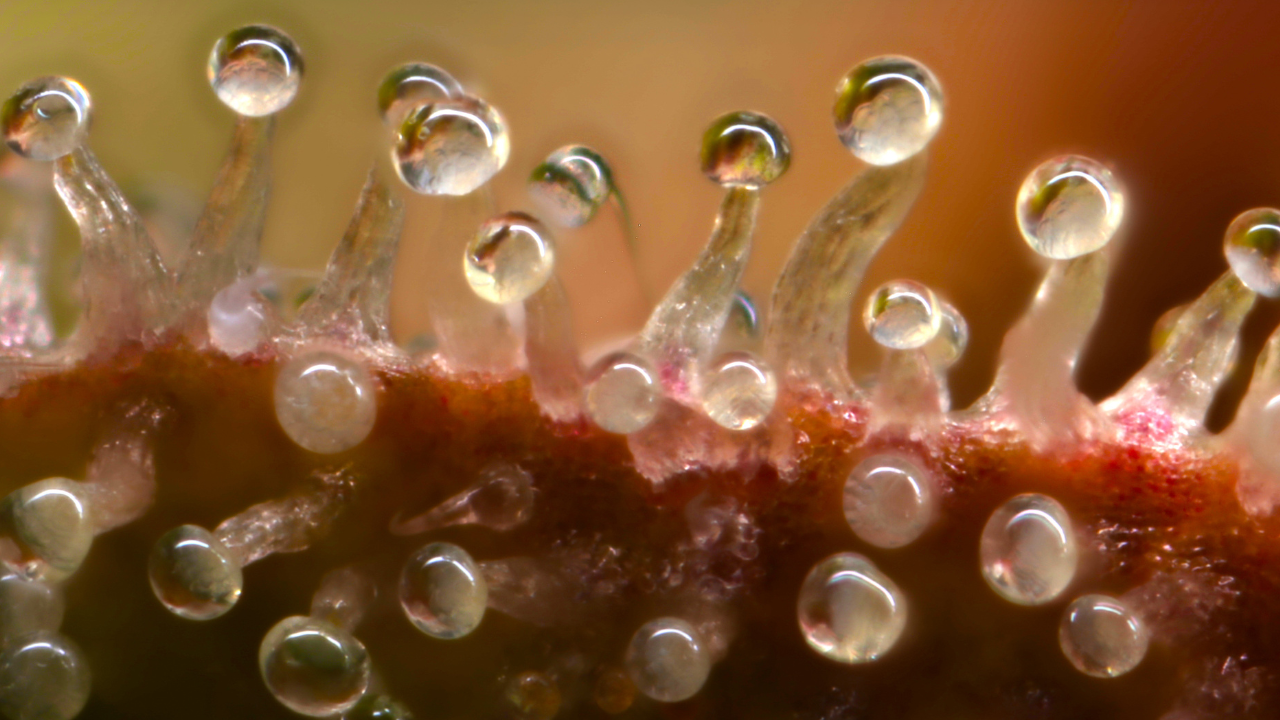Understanding Trichomes: Nature’s Microscopic
Marvels
Introduction to Trichomes
Have you ever noticed a fine layer of crystal-like structures on the leaves or flowers of certain plants and wondered what they were? These tiny, often overlooked features are called trichomes, and they play a crucial role in the survival and health of many plant species.
What Are Trichomes?
Trichomes are small, hair-like outgrowths found on plants. They serve a variety of functions depending on the plant species. These can range from protecting the plant against pests and herbivores to reducing water loss and even aiding in reproduction. Trichomes can be found on many plants, including some of the most commonly known species like tomatoes, cannabis, and lavender.
Creation and Development of Trichomes
Trichomes develop from the epidermal cells of the plant. During the plant’s growth, certain cells differentiate and elongate to form these unique structures. Theirdevelopment is influenced by various factors, including light, temperature, and the plant’s genetic makeup.

Appearance and Characteristics
Trichomes come indifferent shapes and sizes, ranging from simple unicellular structures to complex, multicellular hairs. They can be glandular, containing secretory cells, or non-glandular. Glandular trichomes are particularly interesting because they produce and store various substances, including essential oils and cannabinoids in cannabis plants.
Sensory Experience: Look, Smell, and Feel
Visually, trichomes can give plants a frosty or sparkling appearance, especially when they are abundant and glandular. They often catch the light, giving the plant a unique aesthetic appeal.
The smell of trichomes can be quite pronounced in certain species. For example, the distinctive aroma of cannabis and lavender is primarily due to the essential oils and compounds produced in their trichomes.
Touching trichomes can vary from one plant to another. Some feel sticky, due to the substances they excrete, while others might feel more bristly or rough.

Importance and Applications
Trichomes play a significant role in the field of botany and horticulture. In some plants, they are harvested for their essential oils, which are used in perfumes, flavorings, and aromatherapy. In the case of cannabis, trichomes are sought after for their high concentration of cannabinoids like THC and CBD.
Educational and Research Significance
Trichomes are also of great interest in scientific research. Studying them can provide insights into plant defense mechanisms, adaptation strategies, and the synthesis of various bioactive compounds.
Conclusion
Trichomes may be tiny and easy to overlook, but they hold a world of fascination. From their diverse forms and functions to their sensory appeal and practical applications, these microscopic structures are an excellent example of the complexity and ingenuity of nature. Whether you’re a gardener, a botanist, or simply a nature enthusiast, understanding trichomes can add an extra layer of appreciation for the plant world.





